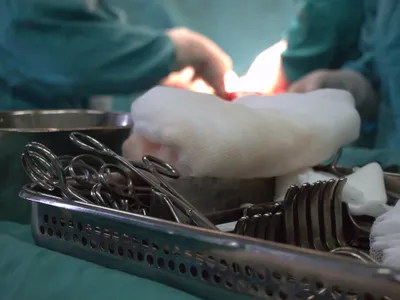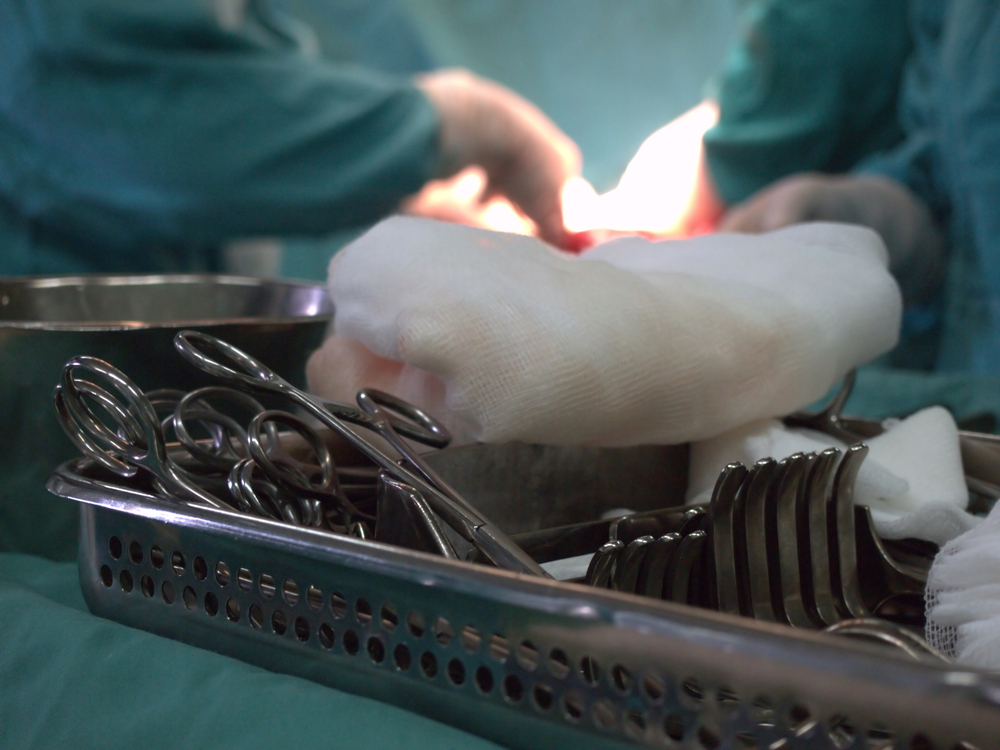
Specifically, the study — which was presented at a recent meeting of the Society of Neuroscience — found that feeling in a transplanted hand increases as time goes on. Researchers behind the study say this recovery is due to changes in the brain and the hand.
In most cases, a transplanted hand feels numb following the procedure. That’s because the nerves attached to a new hand must regenerate, giving the patient the ability to feel different sensations, like hot and cold or soft and hard. While mobility is rarely a problem, patients often struggle to truly ‘feel’ their new hand.
But this new study shows that this feeling intensifies as time progresses. Those participating in the study were asked if they felt a touch on the palms or fingers of their transplanted hands. As time went on the participants were able to identify this feeling more frequently. However, it took a long time for this recovery to take place; in some cases, two or more years.
“Their sensory abilities and motor abilities continue to improve, albeit gradually, as long as we’ve been measuring,” noted Dr. Scott Frey, a cognitive neuroscientist at the University of Missouri.
That’s a promising finding for anyone involved in hand transplants, but it also makes a significant statement about rehabilitation in general. For example, it could help medical professionals understand how the brain recovers after a traumatic event, like a stroke or spinal injury.
“It holds open the hope that we may be able to facilitate that recovery process,” Frey said.



